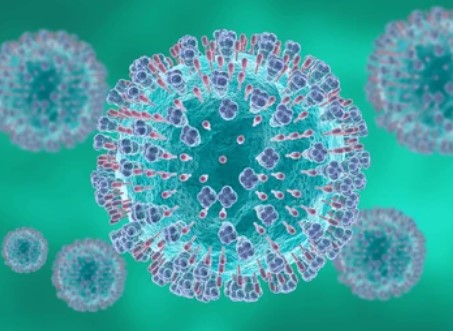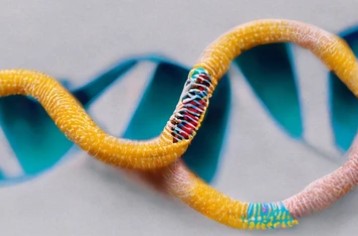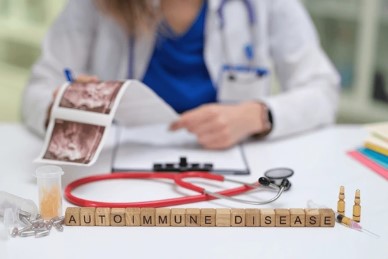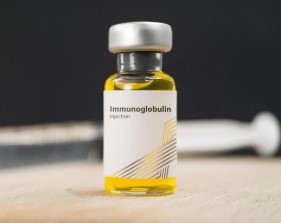
Tue, 2025/12/23

Tue, 2025/12/23

Tue, 2025/12/23

Tue, 2025/12/23
Common Medications May Affect CRISPR Therapy and Cancer Precision Treatment Outcomes

Tue, 2025/11/25
The "Rashomon" of Cells - Why Does the Same Virus Only Infect "You"?

Mon, 2025/11/24
The next frontier of autoimmune diseases and cancer immunotherapy

Sun, 2025/11/23
Newly Engineered Antibody Matches Low-Dose IVIG in Mouse Models

Sun, 2025/11/23
AI Designs Proteins from Scratch to Achieve Precise Mitochondrial Gene Editing
